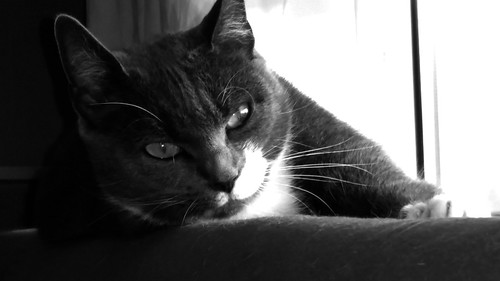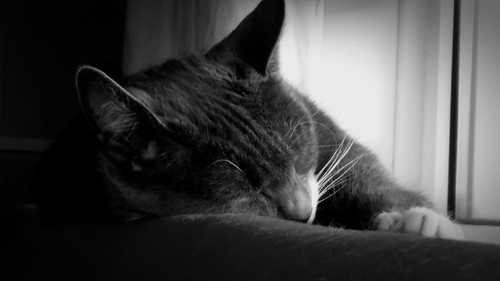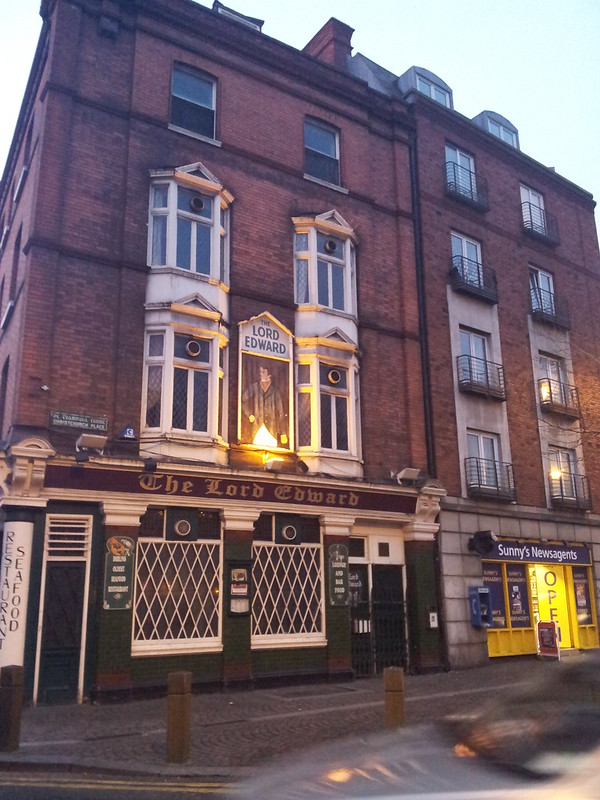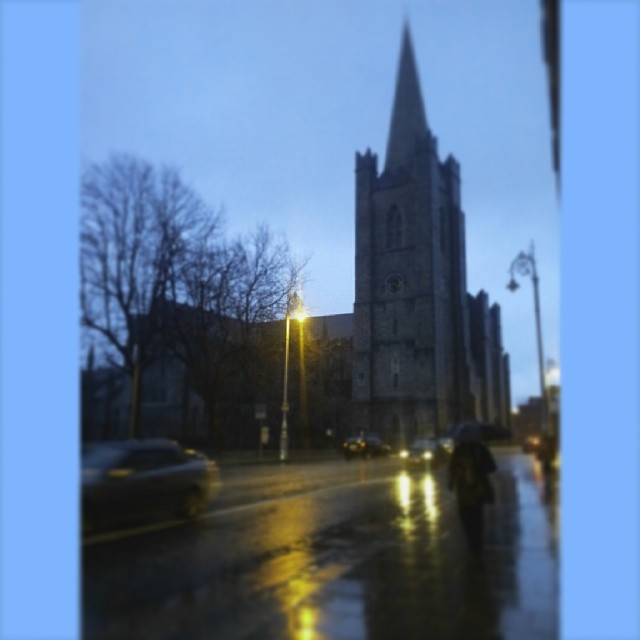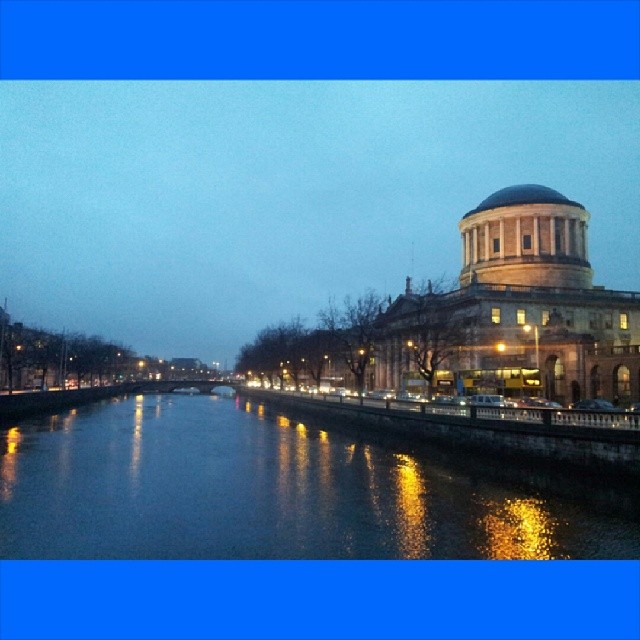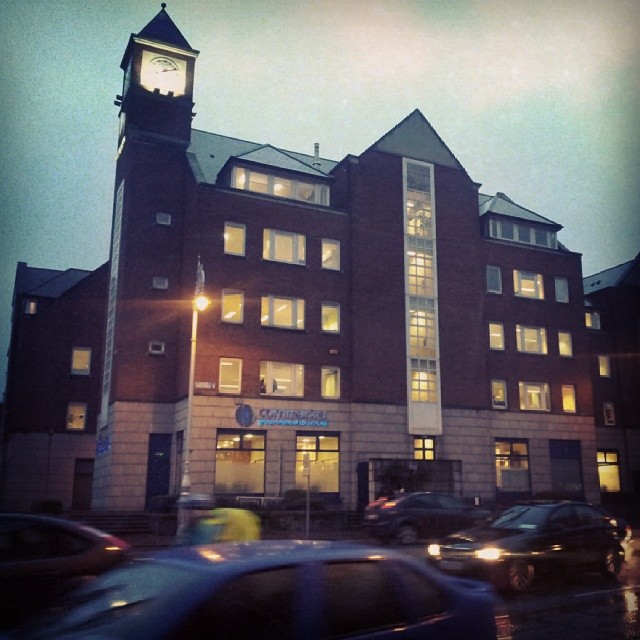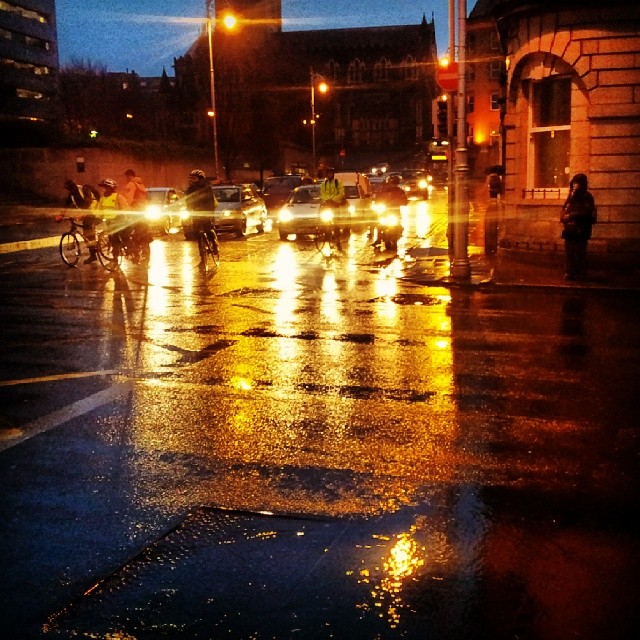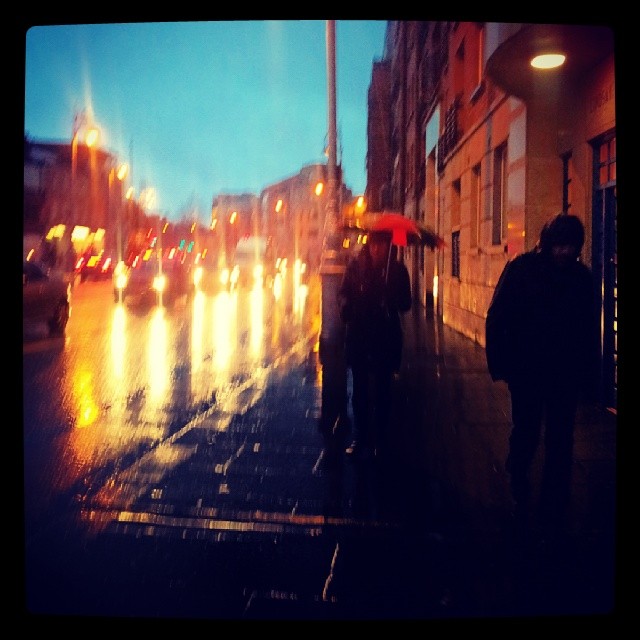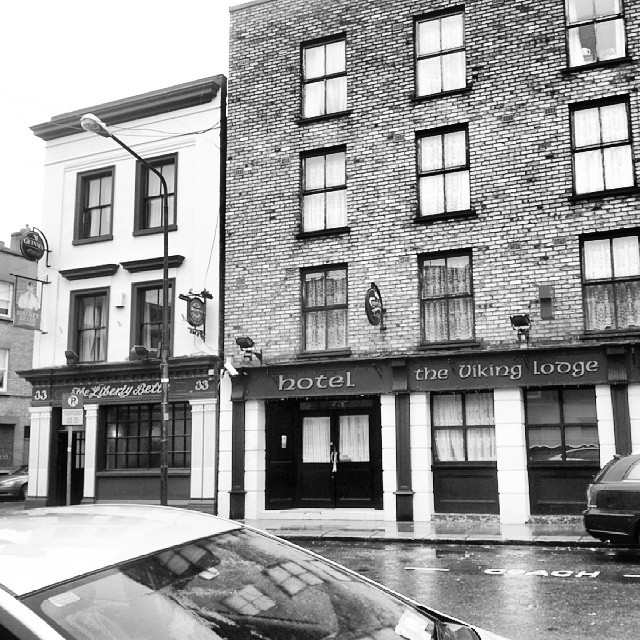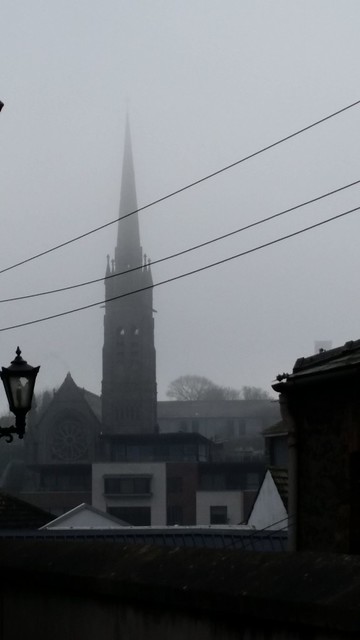
Back in the beginning of February, I decided on a cold, foggy Sunday morning to head out of Dublin. Setting out with the car, I thought it might be fun to go for a while, stop, have coffee, and do some sight seeing when I got hungry. So, with that, I got up, showered, dressed, and out the door by 9am. About an hour north of Dublin on the M1 is a town called Drogheda (pronounced Drog-ed-ah).
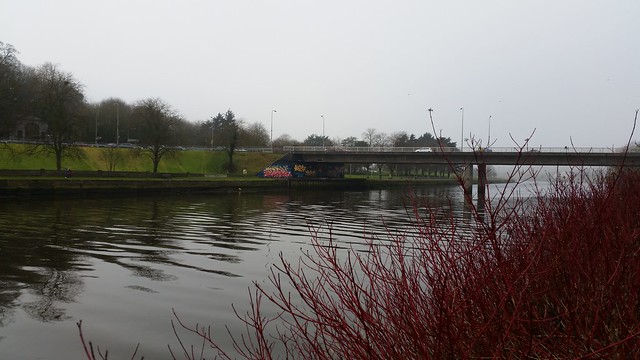
Drogheda is irish for “bridge of the ford” and is located in County Louth along the River Boyne. (You may remember the Boyne Valley has New Grange, Knowth and Dowth, and The Hill of Tara as well as the Hill of Slane, and has been settled for thousands of years.) When it was founded in 1194 by the Normans under Hugh De Lacy (Trim Castle), the town originally spanned 2 separate counties. In 1412 the two “sides” of the town were united and grew together.
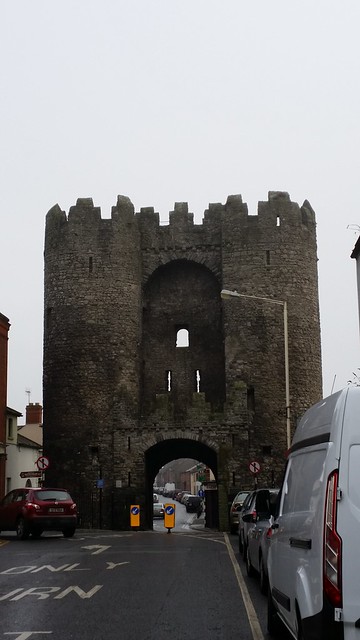

During the Middle Ages, Drogheda became an important fortified town. You can still see one of the remnants of the 7 gates at St. Lawerence’s gate (above) on the top of the high street. Named after the nearby priory of St. Laurence, this gate was built in the 13th Century and is a Barbican style defense gate which is 4 Stories high. It had an inner toll gate, and a portcullis. The toll collection at this gate continued until the 1800s. You can see some of the city walls below – which sit along a street named “feather bed lane” because they used to make feather beds along this way. The picture below shows some interesting arch work – which used to make up part of Lord Singleton’s stables.
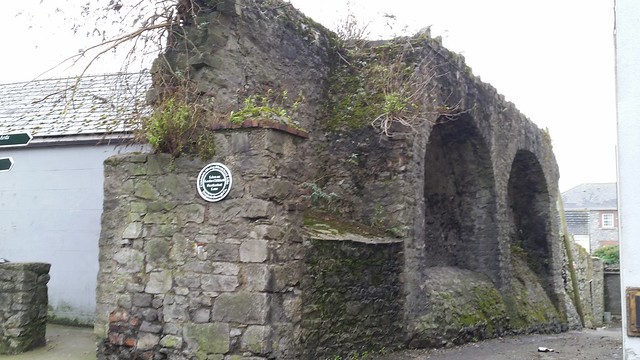

Also in the Middle Ages, in Drogheda, the first Irish Parliaments were held at the commandment of Henry VII. In 1494, they passed a famous law called Poynings law which basically said that Irish Parliament couldn’t pass a law without having first been approved by the English King & council. The Tholsel is the old courthouse built in 1770 replacing the old parliament building, and sits along the main street. (You can see the Tholsel in the bottom right of the picture – it’s the tall clock tower building).

In the 1640s, Drogheda was taken over twice during the Irish Confederate Wars. The second was by Oliver Cromwell himself, who had 10,000 men to the Royalist 2300 defenders. Oliver’s army won and massacred the Royalist defenders of the town – beheadding every 10th man – and the remainder we shipped of to Barbados as white “slaves”. The tale is still prominent in local lore because it was so tragic to so many families in the area. After Cromwell left, and the Battle of the Boyne happened (1688 – putting William the Conqueror back on the English Throne) the town again prospered in the 1700s and rebuilt. The Drogheda Port company was founded in 1790 and remains the oldest employer in town. Other points of interest from around the same time are St. Peter’s Catholic Church – which has the preserved severed head of Saint Oliver Plunkett, who was executed in London in 1681, since it was given to them in 1921. (I was there on Sunday and not wanting to be morbid during Sunday services – I skipped this one – though the church is pictured below).
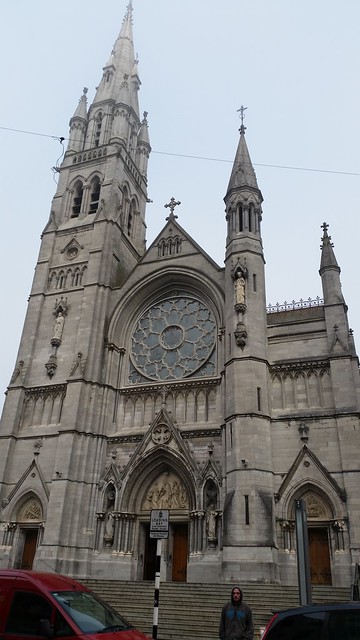
The Magdalene Tower (below)- which is the last surviving bell tower from an old Dominican friary from 1224. It was commissioned by Lucas De Netterville, Archbishop, and completed in the 14th century. It was damaged by Cromwell’s Army in 1649.

The Highlanes (now a gallery) is the site of the former Franciscan monestary from the 15th century, which was well known for being the main center for higher education (Irish weren’t allowed into Oxford at the time). In 1829, The structure (below) was built to replace it.

One other point of interest is the St. Magdalen’s Church built in the 1870’s.
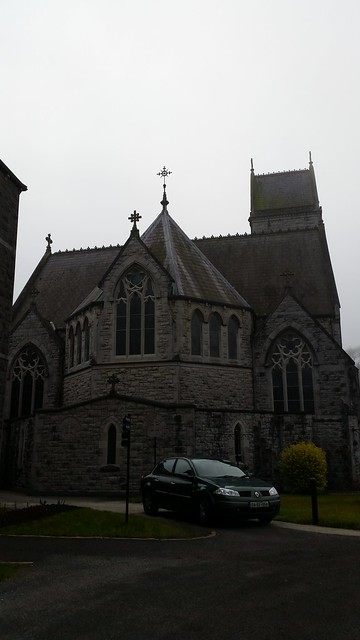
View of Town center (main) street:
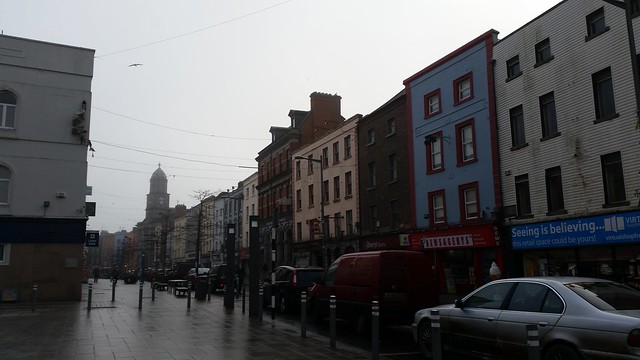
From here, I headed for a quick coffee on the Main Street at Esquires (I was frozen to the bone by now), then over to my next stop – the Old Mellifont Abbey (more on that tomorrow).


